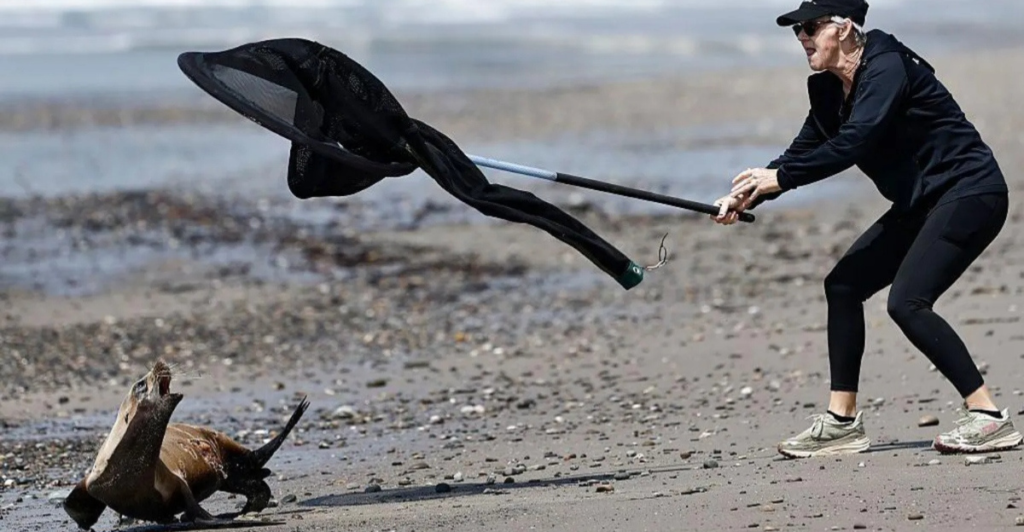
California’s beaches are well-known for their beauty and marine experiences. An alarming and unusual phenomenon struck these beaches recently when sick sea lions started exhibiting aggressive behavior toward beachgoers. Usually docile marine mammals, these sea lions are now biting swimmers, surfers, and even those simply walking along the shore.
Wildlife experts attribute this behavior to the neurological effects of domoic acid, which disrupts the animals’ ability to function normally. As this crisis unfolds, authorities urge the public to stay safe from sick sea lions and report any sightings to wildlife rescue organizations.
The Cause Of These Attacks
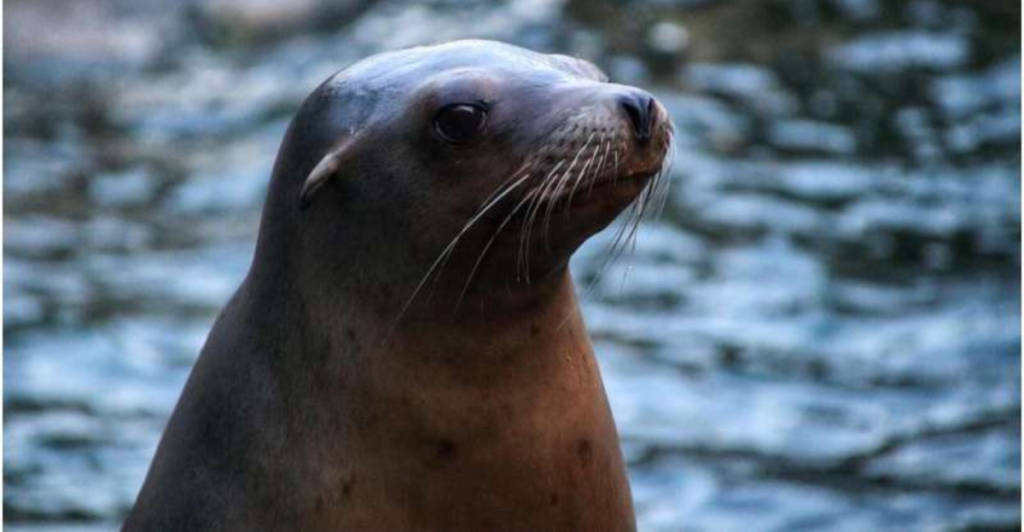
The surge in aggressive behavior stems from a toxic algae bloom producing domoic acid, a potent neurotoxin that accumulates in fish like sardines and anchovies. When ingested, the toxin disrupts neurological function, causing disorientation, seizures, and erratic aggression. Some animals exhibit an eerie “stargazing” posture or lethargy.
Marine experts note the current outbreak is among the most severe on record, with rescue centers overwhelmed by record numbers of afflicted sea lions, nearly 200 treated in just over a month, compared to 50 during the same period last year.
Treating affected sea lions involves anti-seizure medications, hydration therapy, and sedation. However, recovery rates remain low—only about 50–65% of treated animals survive. In severe cases where brain damage is irreversible, euthanasia becomes necessary to prevent further suffering.
Behavioral Changes in Affected Sea Lions
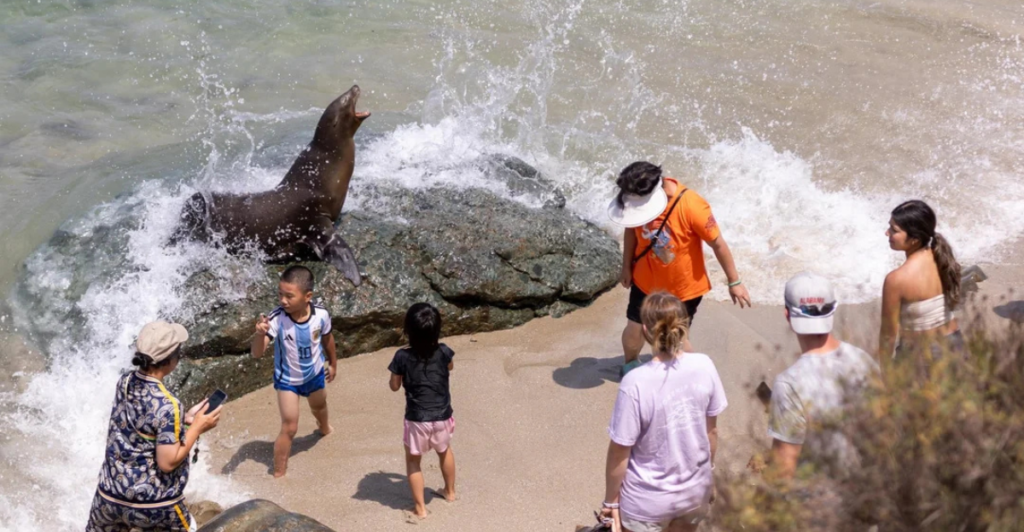
Sea lions exposed to the neurotoxin domoic acid exhibit profound and often maladaptive behavioral changes due to damage to the hippocampus, a brain region critical for memory and spatial navigation. These animals show impaired spatial memory, which disrupts their ability to navigate their ocean habitat and locate food, potentially jeopardizing their survival in the wild.
These symptoms make the animals unpredictable and dangerous. Experts describe their behavior as “feral” or even “demonic,” with some sea lions aggressively attacking humans in the water or on the shore.
“We thought last year’s domoic acid event affecting Santa Barbara and Ventura was tragic, but this year’s event is even more horrific,” Dover tells the publication. “Our beautiful beaches are littered with sick, dying, and deceased sea lions and dolphins,” said Ruth Dover from The Channel Islands Marine and Wildlife Institute.
Recent Attacks By Sea Lions

The alarming spike in sea lion aggression has manifested in multiple high-profile incidents, including a March 2025 attack on surfer Rj LaMendola near Oxnard, who described the animal as “feral, almost demonic” after it dragged him from his board, leaving him bleeding and shaken.
Just days later, 15-year-old Phoebe Beltran was repeatedly bitten during a lifeguard swim test in Long Beach, sustaining puncture wounds and bruises as she mistook the sea lion for a shark in a panic-stricken moment. These back-to-back attacks have drawn global attention, with experts confirming both animals exhibited symptoms of domoic acid poisoning, including disorientation and seizures.
Geographical Spread of the Problem
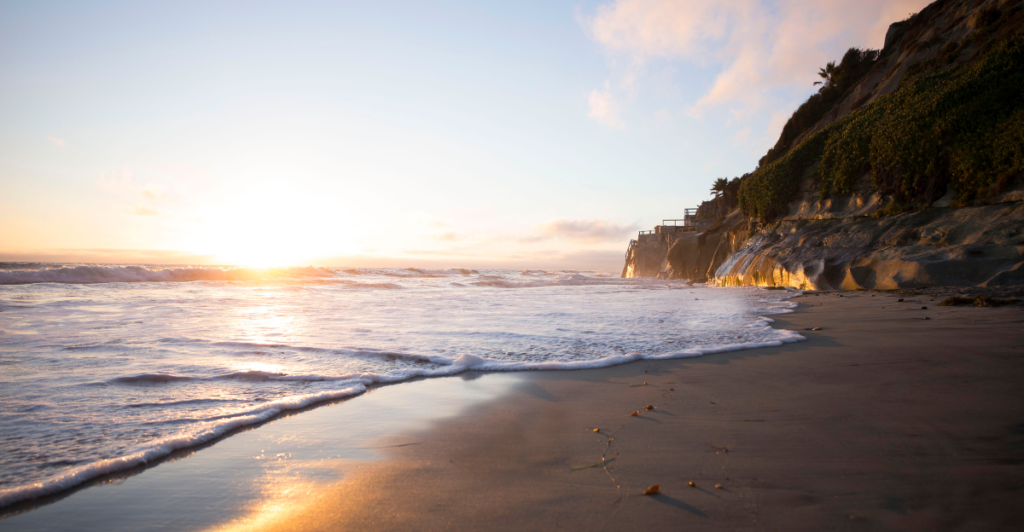
The toxic algal bloom has affected an extensive stretch of Southern California’s coastline, spanning over 370 miles from Malibu to Long Beach, with rescue centers reporting stranded and sick sea lions across this region. Marine Mammal Care Center officials note that the affected area includes popular beaches in Ventura County, Oxnard, and Long Beach, where attacks on swimmers and surfers have clustered.
Researchers warn that climate-driven shifts in ocean conditions could further expand these harmful blooms’ geographical reach and duration, threatening marine ecosystems and human safety along increasingly broader sections of the coast.
Impact on Marine Mammals
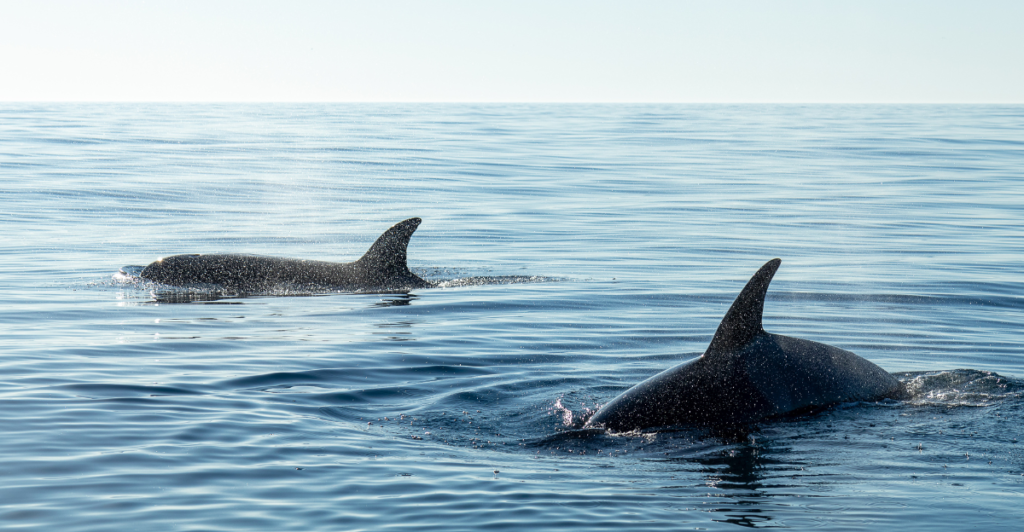
The crisis extends beyond sea lions. Other marine species, like dolphins, are also affected by domoic acid poisoning. Many sick animals have washed ashore, displaying erratic behavior or succumbing to the toxin. Chronic exposure can result in hippocampal atrophy, reducing survival rates and reproductive potential.
Pregnant females exposed to the toxin risk passing its effects to their offspring, with studies showing that prenatal exposure increases the likelihood of seizures in adulthood.
Environmental Factors Behind Algal Blooms
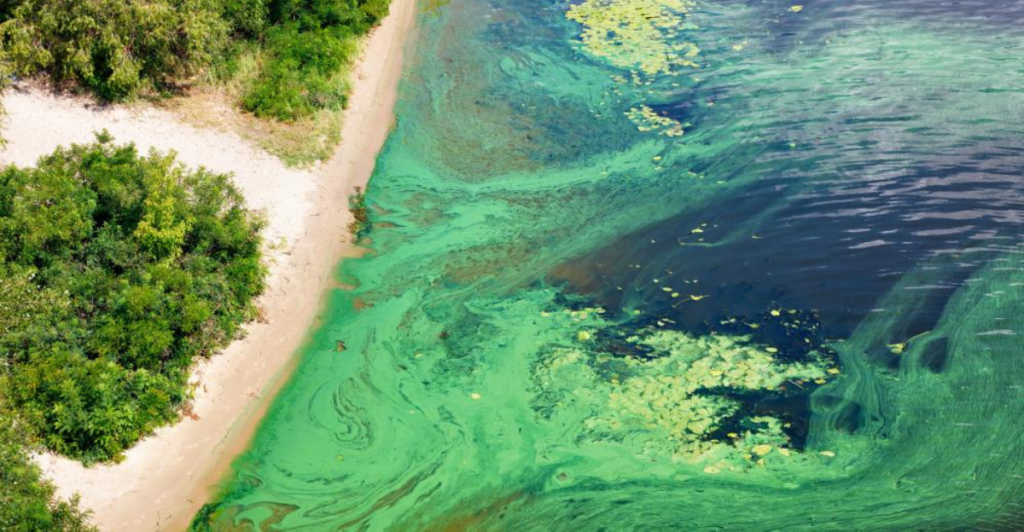
Some environmental factors include nutrient pollution, warming temperatures, and slow-moving water fuel harmful algal blooms (HABs). Excess nutrients like nitrogen and phosphorus, often from agricultural runoff, sewage discharge, and urban stormwater, act as fertilizers for algae, enabling rapid growth.
Rising global temperatures exacerbate the problem by creating warmer water conditions that favor HAB-forming species like cyanobacteria. Climate change intensifies these factors by altering rainfall patterns, leading to nutrient-rich runoff during heavy rains and prolonged droughts that trap nutrients in water bodies.
Warnings for Beachgoers
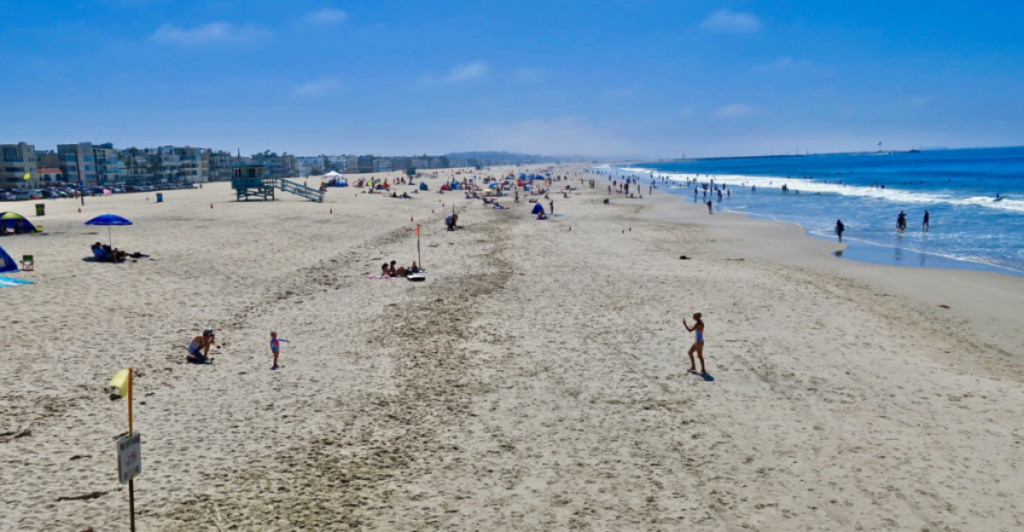
Authorities are urging beachgoers to exercise extreme caution as the domoic acid outbreak affects sea lions along California’s coastline. Wildlife experts emphasize that sick sea lions may appear lethargic or confused but can lunge and bite without warning due to neurological impairments caused by the toxin.
Visitors are advised to maintain a safe distance from marine mammals on the beach and avoid attempting to assist or interact with them directly. Instead, sightings of distressed animals should be reported to local wildlife organizations like the California Wildlife Center, which has set up a hotline for assistance.
Long-Term Ecological Implications
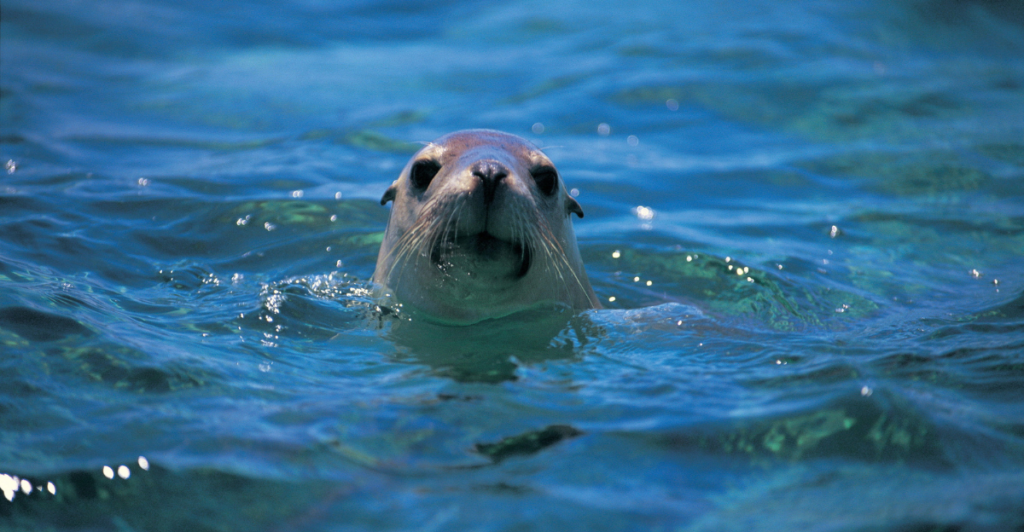
Repeated exposure to this neurotoxin has led to chronic health issues in marine mammals, including hippocampal atrophy, cognitive impairments, and reduced reproductive success. These issues could destabilize populations of key species like California sea lions and other marine mammals.
The cascading effects of these blooms impact entire food webs as toxins accumulate in prey species such as sardines and anchovies, affecting predators and disrupting ecological balance. The intensification of HABs, driven by climate change and coastal pollution, threatens biodiversity and ecosystem resilience, with potential consequences for fisheries and human health.
What Can Be Done?
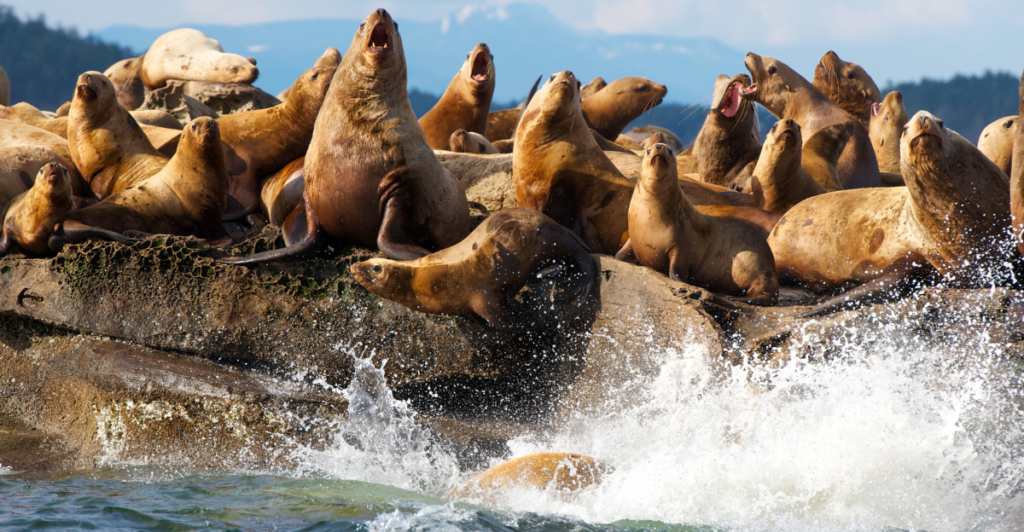
It might not always seem like we can do much, but we have much more power to help these animals than we think. Efforts to mitigate this issue include monitoring algal blooms more closely and educating the public about marine safety. Public awareness campaigns can encourage responsible seafood consumption and reporting of sick marine life while supporting organizations like the Marine Mammal Care Center to aid rescue efforts for affected animals.
Scientific research into early detection systems and algal bloom mitigation technologies offers promise for future prevention. Collaborative efforts between governments, scientists, and communities are essential to protect marine ecosystems and human health from this growing threat.
Explore more of our trending stories and hit Follow to keep them coming to your feed!

Don’t miss out on more stories like this! Hit the Follow button at the top of this article to stay updated with the latest news. Share your thoughts in the comments—we’d love to hear from you!







